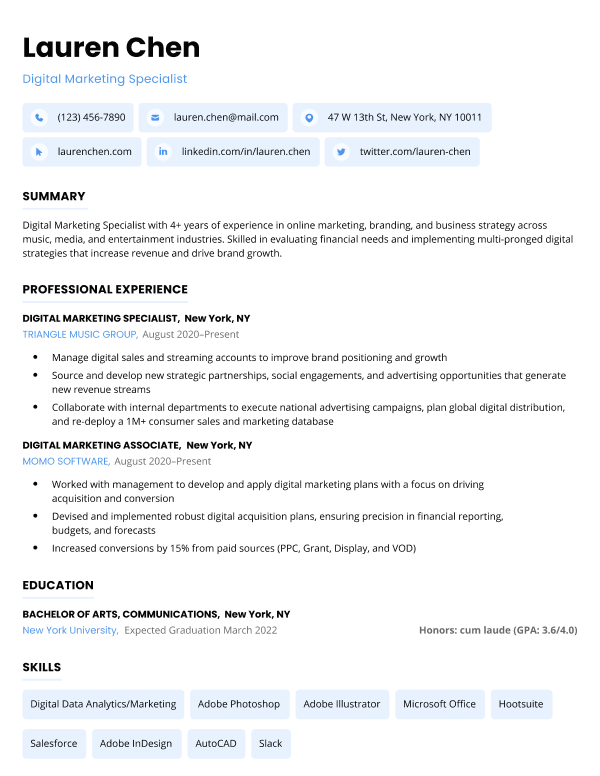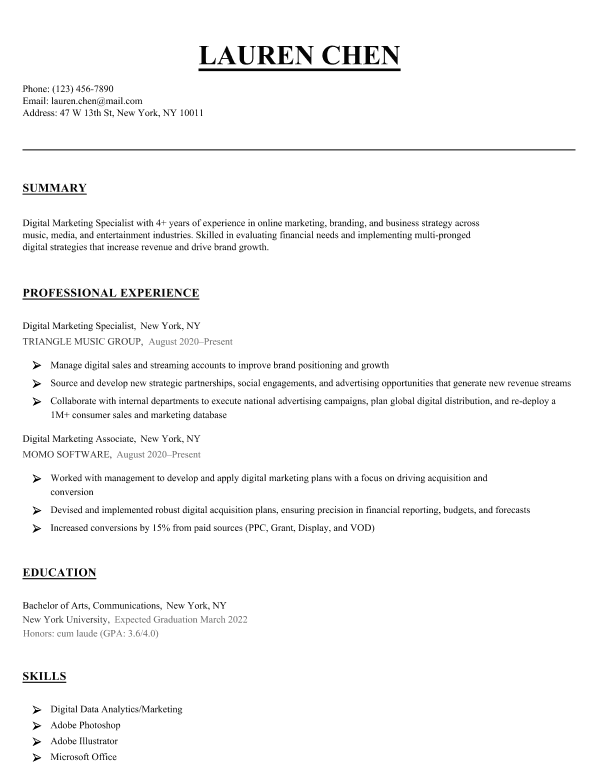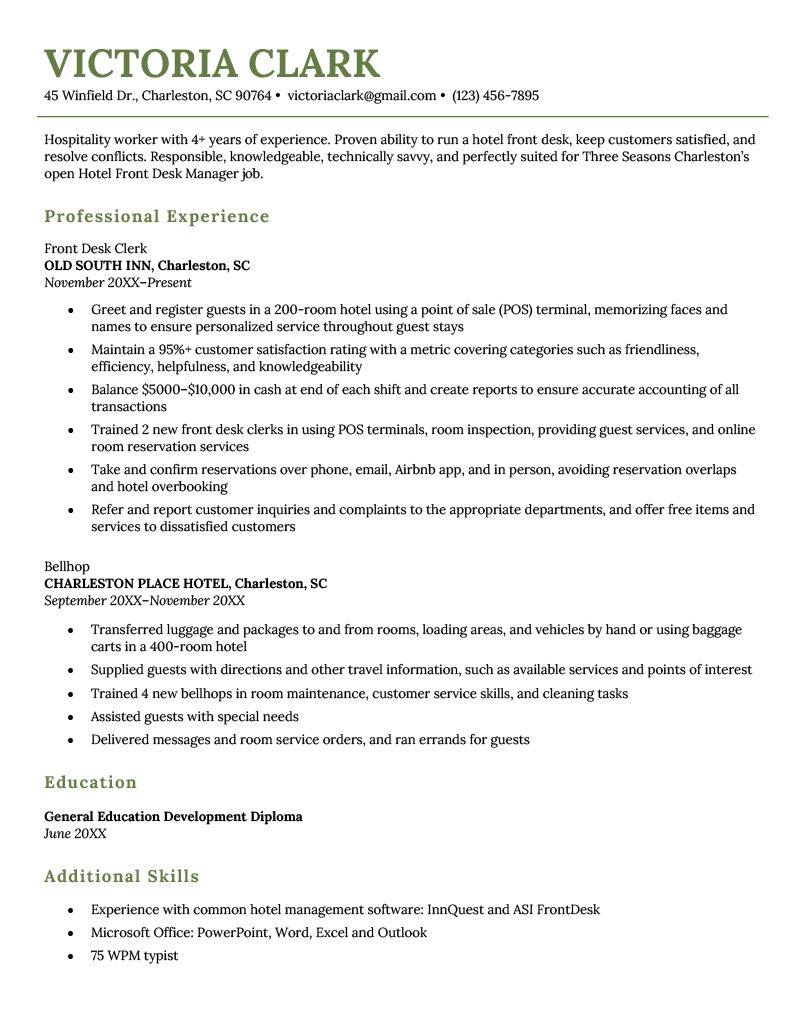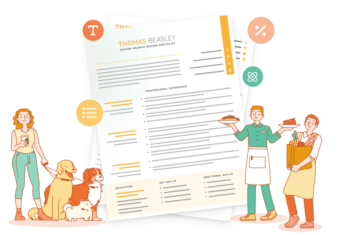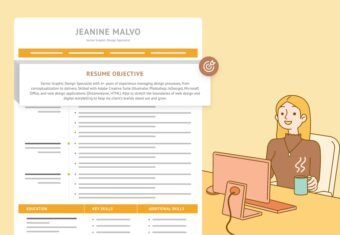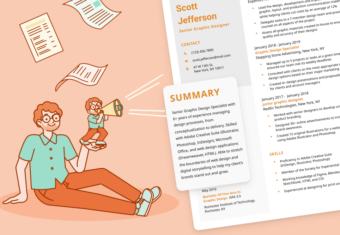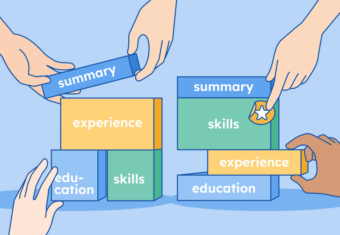We’ll teach you the correct way to add your GED to your resume and provide helpful examples.
Our free-to-use resume builder can make you a resume in as little as 5 minutes. Just pick the template you want, and our software will format everything for you.
List it in your resume’s education section
If you’re writing a resume and want to add your GED, place it in your resume’s education section.
When you list your GED, follow this format:
- Name of the diploma
- Year of completion
Here’s an example:
General Educational Development Diploma (GED)
2020
Specify the type of GED
States usually use the GED or HiSET test, or both.
However, some states have their own versions of the GED. For instance, if you’re applying to work in California and you’ve received a California High School Equivalency Certificate, specify that on your resume.
Here are examples of how to put your GED, HiSET, or California High School Equivalency Certificate on your resume:
GED
Education
General Development Diploma
20XX
HiSET
Education
High School Equivalency Diploma
20XX
California High School Equivalency Certificate
Education
California High School Equivalency Certificate
20XX
Explain whether your GED is still in progress
If you’re still working on your GED, you can still list it on your resume by adding “in progress,” or “Expected date: [date]” in parentheses after the GED title.
For example:
Education
- General Education Development Diploma (in progress)
Education
- High School Equivalency Diploma (expected date: August 2024)
Example of a GED on a resume
Here’s what a full resume with a GED listed on it looks like:
If you have some work experience, like the candidate in the example above, choose a resume format that places your GED near the bottom of your resume.
In this case, hiring managers will be more interested in your relevant experience than your education.
If you don’t have any work experience, you can still list internships and volunteer work you’ve done. Only place your GED at the top of your resume if it’s your best selling point as a candidate.
When not to list your GED on your resume
If you’re attending college or have graduated from college after receiving your GED, don’t list it on your resume.
Employers don’t need to know how you got into college, just that you were able to.
However, you should include your GED on your resume if you’re attending or graduated from a vocational school because some of these schools accept students without a GED or high school diploma.
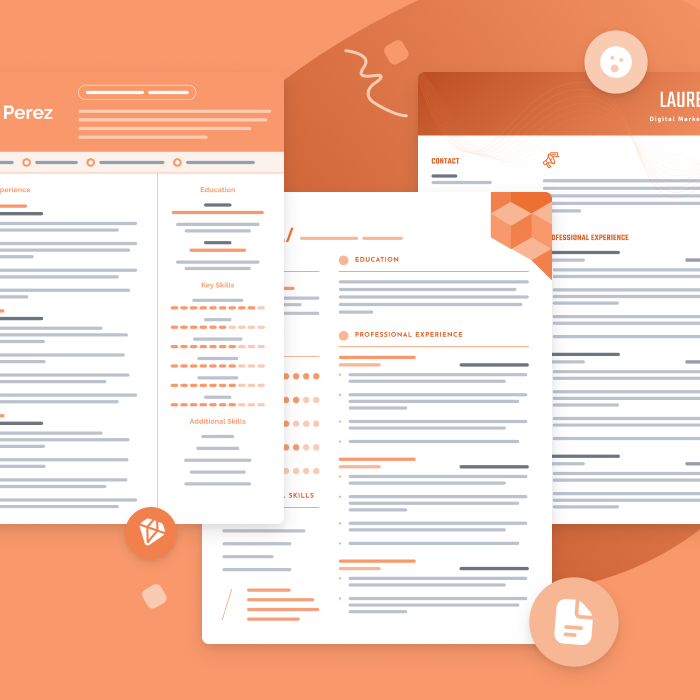
The best resume templates for 2024
One of the best ways to make your resume is by filling out one of our free resume templates. All our templates are designed by experts and free to download for Microsoft Word or Google Docs.
Click to rate this article
4.4 Average rating



